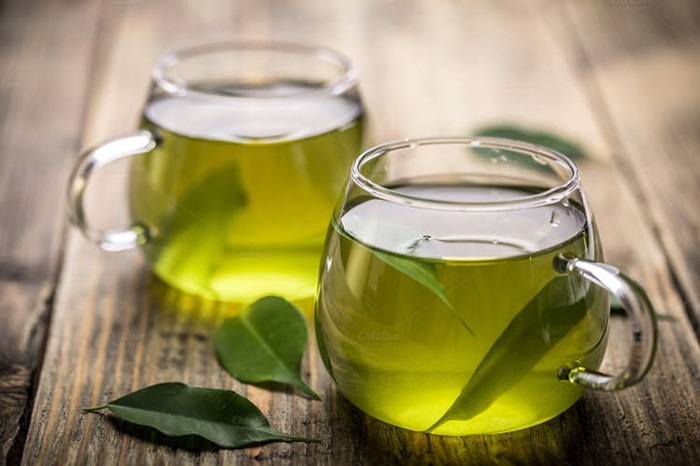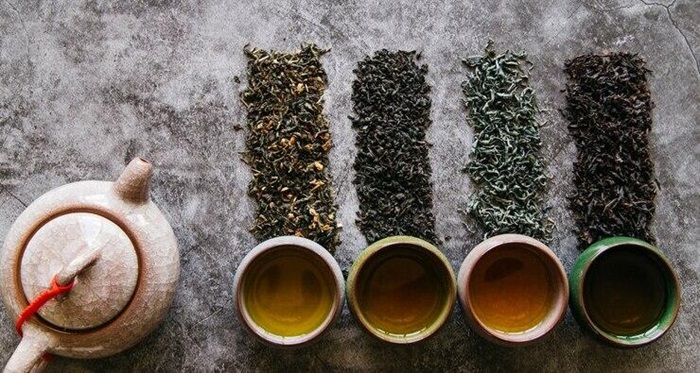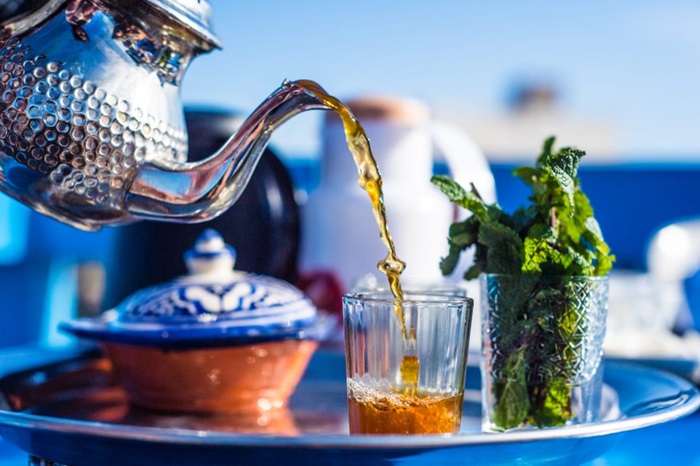Contents
Green tea has been around for ages, and it has become one of the most popular beverages or dietary supplements worldwide, and rightfully so. Not only is this drink comforting, but it also has many health benefits. You can buy green tea in bags, flavoured and sweetened varieties, powder, and loose green tea leaves. It is pretty easy to get the perfect cup of loose-leaf tea in just a few easy steps. The vibrant green hues, the soothing aroma, the earthy or sweet notes, and the sense of well-being that accompanies each sip are all part of this remarkable journey.
Health Benefits of Drinking Green Tea

Green tea is available in both bags and loose-leaf form. Brewing green tea leaves is especially good for your health, and you can expect the following benefits.
Antioxidant Properties
This drink is rich in natural antioxidants, especially catechins, which help combat oxidative stress and reduce the damage caused by free radicals in the body. These antioxidants are believed to contribute to green tea’s various health benefits.
Heart Health
Regular consumption is associated with a reduced risk of heart disease. It can help lower cholesterol levels, improve blood vessel function, and regulate blood pressure, all of which contribute to a healthier cardiovascular system.
Brain Function
Even though the caffeine content in green tea is lower than that in coffee, it can enhance cognitive function and alertness. It also contains the amino acid L-theanine, which, in combination with caffeine, is known to boost brain function without the jittery effects often related to excessive caffeine intake.
Liver Health
The drink has been beneficial in improving liver function as well as reducing the risk of liver diseases. It can help protect the liver from damage caused by factors like excessive alcohol consumption and high-fat diets.
Anti-Inflammatory Effects
The antioxidants in green tea have anti-inflammatory properties that can help reduce inflammation in the body. Chronic inflammation is associated with various health issues, including arthritis and autoimmune diseases.
Oral Health
The antimicrobial properties of green tea can help reduce the growth of harmful bacteria in the mouth, leading to improved oral hygiene. This brew is also associated with reduced bad breath and a lower risk of dental caries.
Types to Choose From

Sencha
Sencha is one of the most popular and widely consumed brews in Japan. It has a fresh, grassy flavour and a mild sweetness. Sencha is known for its vibrant green colour and is often the base for other flavoured green teas.
Matcha
Matcha is a powdered green tea that is ground from shade-grown tea leaves. It is known for its bright green colour and intense, slightly bitter flavour. Matcha is often used in traditional Japanese ceremonies and is also a key ingredient in green tea lattes and desserts.
Genmaicha
Genmaicha is a Japanese green tea that is blended with roasted brown rice. It has a unique, nutty flavour and a warm, toasty aroma. Genmaicha is often considered a comfort drink and pairs well with Japanese cuisine.
Hojicha
Hojicha is made from roasted green tea leaves, stems, and twigs. The roasting process imparts a reddish-brown colour to the leaves and a mild, toasty, and caramel-like flavour. Hojicha has a lower caffeine content and is often enjoyed in the evening.
Dragon Well (Longjing)
Dragon Well is a famous Chinese green tea known for its flat, spear-shaped leaves. It has a mellow, sweet, and slightly nutty flavour. Dragon Well is often pan-fried to stop oxidation, preserving its green colour and fresh taste.
Bi Luo Chun
This Chinese green tea, also known as “Green Snail Spring,” has tightly rolled leaves and a sweet, fruity flavour with floral notes. It is grown in the Dongting Mountain region of China and is considered one of the best green teas in the country.
Jasmine
Jasmine green tea is a scented tea that combines green tea leaves with jasmine blossoms during the drying process. It has a delicate, floral aroma and a light, sweet taste. Jasmine green tea is popular in many Asian countries.
Bancha
Bancha is a lower-grade Japanese green tea made from the second or third flush of tea leaves. It has a more robust flavour with slightly astringent and earthy notes. Bancha is often less expensive than other Japanese green teas.
Green Tea Traditions Around the World

Japan
In Japan, green tea holds a special place in cultural and social traditions. The Japanese tea ceremony, or Chanoyu, is a highly choreographed and ceremonial preparation and consumption of matcha. It emphasises mindfulness, aesthetics, and etiquette. The ceremony often takes place in a traditional tearoom and involves specific movements and tools.
Morocco
In Morocco, green tea is often blended with fresh mint leaves and sugar to create a sweet and refreshing beverage. The tea is traditionally prepared and served in a decorative Moroccan teapot called a “nana.” It is a symbol of hospitality and is commonly offered to guests.
China
In China, particularly in the southern provinces, a practice called Gongfu Cha involves the preparation of green tea with great care and attention to detail. Gongfu Cha emphasizes multiple short infusions of high-quality tea leaves using a small teapot, or gaiwan. It is a way to savour the flavours and aromas of the tea.
In China, teahouses are popular gathering places for socialising and enjoying various types of tea, including green tea. These places offer a wide selection of teas and provide an atmosphere for conversation, games, and contemplation.
Korea
In South Korea, green tea culture is deeply rooted, with a focus on the enjoyment of green tea in natural and serene settings. One of the most famous Korean green teas is Sejak, which is celebrated for its light and sweet flavour. Traditional Korean tea ceremonies, influenced by Confucianism, put a big emphasis on respect and tranquillity.
To Sum Up
Green tea is not just a beverage; it’s a journey through cultures and flavours that have been enjoyed for centuries. The world of green tea is diverse and fascinating, with each type offering a unique taste and experience. From the rich umami of Gyokuro to the nutty warmth of Genmaicha and the floral sweetness of jasmine green tea, there is something to suit every palate. The next time you sip a well-brewed cup of green tea, take a moment to appreciate the history, culture, and nature that fill your teacup.

